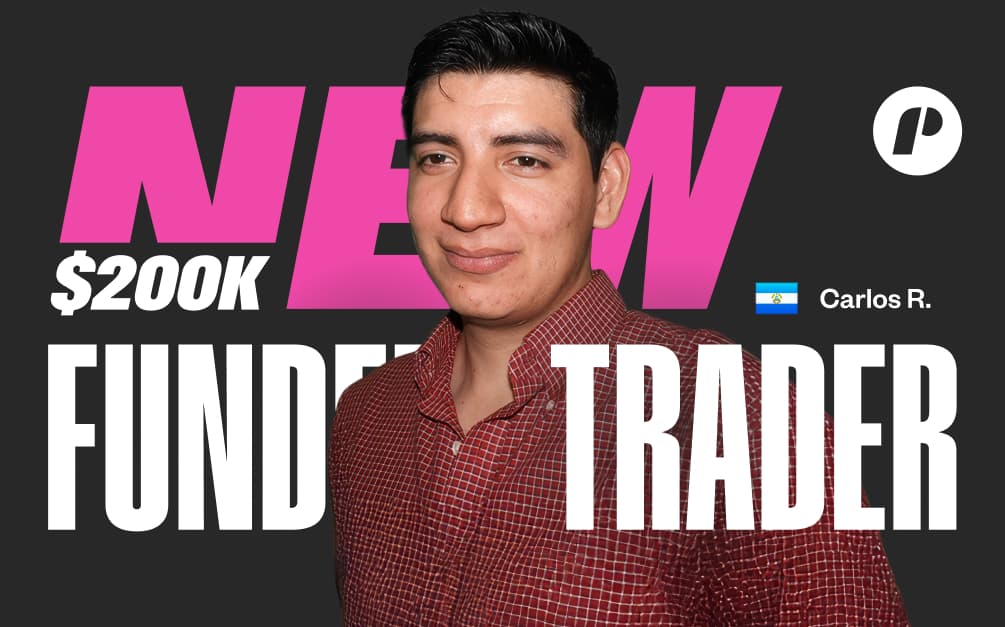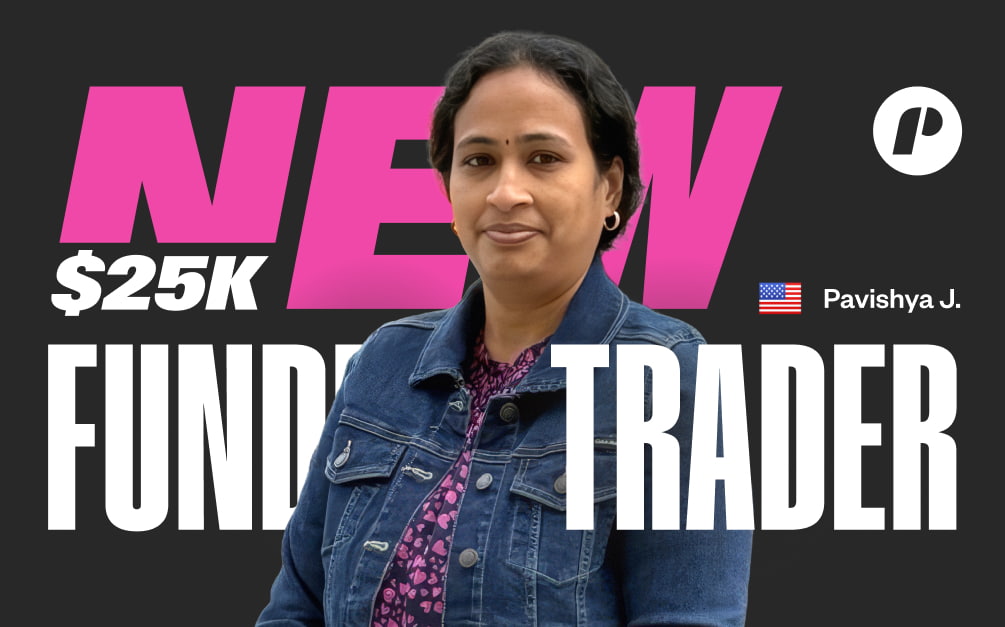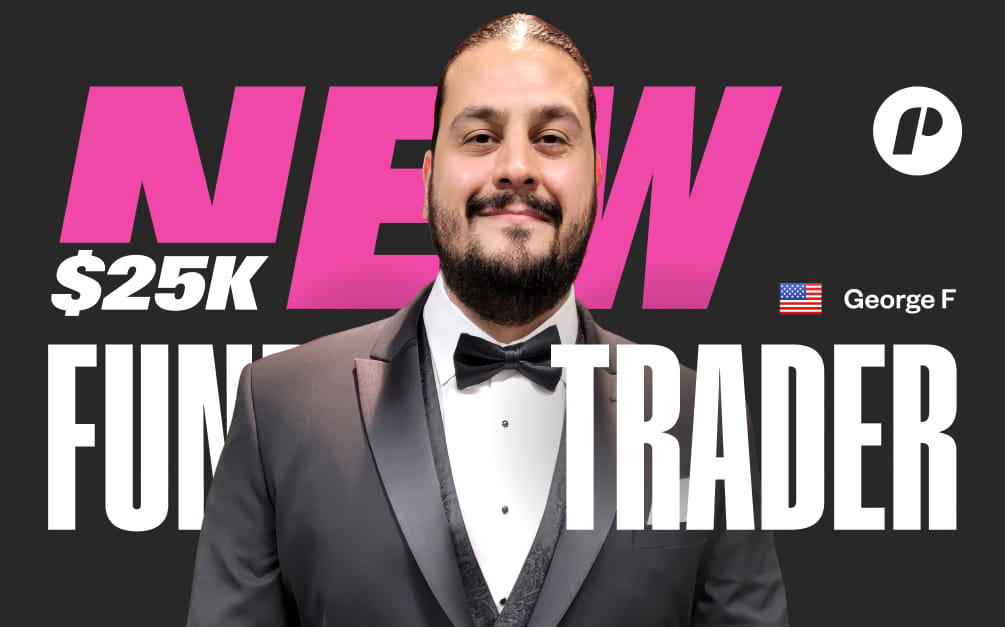
Target leads the retail revolution with its private-label brands. These exclusive products drive growth and set Target apart from competitors. But what makes these brands so impactful, and how do they shape Target stock price performance? Private-label brands boost Target’s stock price performance by offering unique products with higher profit margins. When Target launches new private-label brands, it often leads to a rise in stock prices as investors see innovation and higher profitability potential. Target’s Brands, like Good & Gather and All in Motion, cater to evolving customer tastes with clean ingredients and inclusive sizing. This creates loyalty, as customers repeatedly buy products they trust and love.
For instance, Good & Gather reached over $2 billion in sales in one year due to its affordable, high-quality grocery items. These brands generate more revenue for Target, making it a solid investment. Investors see Target’s competitive advantage. The success of Good & Gather in early 2019, which boosted stock prices by 12%, illustrates this. Such success builds market confidence, showing that Target can execute new strategies that distinguish it from its peers. This article explores how Target’s private-label strategy strengthens its market position, boosts stock price forecasts, and defines future growth. Let’s dive in.
Key Notes
-
- Target Stock Price: Private Labels’ Impact Explained
- Target’s Private Label Brands – Overview
- Impact on Target’s Stock Market Performance
- Comparing Target with Competitors
- Future Outlook and Strategies
Overview of Target’s Private Label Brands
Private label brands, often referred to at Target as “owned brands,” are product lines created and sold by the retailer alone. These brands offer companies complete control from product design to pricing, offering the best margins with much closer affinity to their customers. Target is one of the most diversified large-scale retailers that is running a private-label strategy. By carrying over 45 private label brands in a wide variety of categories, Target is able to fulfill the most relevant needs for its clients: clothes, home appliances, foodstuffs, and electronics.
Key Examples of Target’s Private Labels
Some examples include A New Day for Ladies, which is a modern-style clothing brand. Then there’s Good & Gather, which offers high-quality groceries with no artificial ingredients. The activewear brand All in Motion is a prime example of Target’s philosophy of inclusivity. The Brightroom brand speaks to the increasing demand for affordable home organization solutions. Other mentions include Cat & Jack, a children’s clothing brand, and Threshold, with its on-trend but affordable home decor.
Benefits and Strategic Goals
These brands have multi-dimensional strategic goals in place. First off, Target sets itself apart from competitors like Walmart and Amazon by offering products you can’t find anywhere else. Take Hearth & Hand with Magnolia, for example. This exclusive line, created in partnership with Chip and Joanna Gaines, features home décor that combines rustic charm with affordability. This unique collaboration is exclusive to Target, fostering a deep emotional bond with customers who love the Gaines brand. Such exclusivity drives customer loyalty and sets Target apart in the competitive retail landscape.
Secondly, private labels boost Target’s profitability since they have higher margins than third-party products. Target has a knack for spotting and seizing emerging trends. Their recent launch of a deal-worthy, budget-friendly essentials brand shows their ability to adapt to market changes.
| Brand Name | Category | Unique Features |
|---|---|---|
| A New Day | Women’s Apparel | Modern Classic Aesthetic |
| Good & Gather | Grocery | High-quality, no artificial ingredients |
| All in Motion | Activewear | Inclusive sizes, sustainability-focused |
| Cat & Jack | Children’s Apparel | Affordable, trend-forward designs |
| Threshold | Home Décor | Stylish and affordable |
In 2023 alone, Target’s private label brands contributed over $30 billion to annual sales. This impressive figure highlights how these brands drive the company’s financial success. Target continually innovates and expands its private label portfolio to ensure it remains a key growth pillar.

Impact on Target’s Stock Market Performance
Target’s private label strategy has played a major role in boosting the retailer’s stock market performance. Introducing new private label brands often aligns with upward movements in the company’s stock price, signaling innovation and potential for higher profitability to investors. When Target launched Good & Gather in 2019, it became a key growth driver for the company, pushing its stock up by 12% that year.
Private Labels and Revenue Growth
Private labels carry better profit margins than any other third-party brands, and they directly boost Target’s financial results. In Q3 of 2023, Target exceeded analysts’ expectations with net revenue of $18.67 billion. Strong private label sales contributed a major chunk to this growth, which in turn contributed to the retailer’s net income for the quarter.
Long-Term Investor Sentiment
Typically, things that begin with immediate economic results stimulate investor appetites and draw analyst attention. Some of Target’s owned brands have been raking in such results since day one. In their analysis, Edward Jones and Brian Yarbrough credited the growth in Target’s lucrative clothing department to its owned brands. Leading the charge are brands like A New Day and Goodfellow & Co. Known for their versatility, A New Day allows shoppers to effortlessly mix and match items, catering to both casual and professional settings. The focus on high-quality fabrics and designs has garnered loyal customers, contributing to increased foot traffic and repeat purchases at Target.
Conversely, Goodfellow & Co. emphasizes premium quality at affordable prices. The brand offers a wide range of clothing, from tailored suits to casual wear, that appeals to style-conscious yet budget-savvy consumers. Together, these brands have elevated Target’s reputation in the apparel sector and are driving significant revenue for the retailer. It’s no wonder analysts are singing their praises. If Target can maintain its standards, investor sentiment is likely to remain positive in the long run.
Challenges in Low-Margin Categories
Target’s private labels have their own challenges. Although the margins on categories such as apparel and home goods are very high, categories like groceries usually have thinner margins, limiting overall profitability. Target’s strategic focus on innovation and quality within grocery brands, like Good & Gather, helps mitigate this challenge.
| Year | Key Event | Stock Impact |
|---|---|---|
| 2019 | Launch of Good & Gather | 12% stock price increase |
| 2023 | Q3 Revenue Exceeds Estimates | Boosted investor confidence |
In the long run, Target will be better placed to sustain growth and lure online shoppers by investing in the development of its digital platform and private-label products. Analysts and investors are closely watching these developments to determine the success or failure of Target’s private label brands, as it can help them decipher the stock momentum.
Comparing Target Stock Price with Competitors
Through its private label strategy, Target is uniquely positioned in competitive retail. Comparing its strategy to that of its competitors sheds light on the company’s market position and stock performance.
Walmart vs. Target
Of course, Walmart also uses private labels, with brands like Great Value dominating the grocery aisle. While Walmart’s private labels are positioned as entirely budget-friendly, Target’s private labels stand out nationally for their quality and innovation. Take Target’s Cat & Jack, for instance. This children’s clothing brand, launched in 2016, hit $2 billion in sales within its first year. The brand quickly gained attention for its durability, affordability, and trendy designs. Cat & Jack products are rigorously tested to withstand the wear and tear of active children, providing excellent value for parents.
Amazon’s Private Label Approach
Amazon also has a growing hoard of private labels across categories from electronics to home goods. However, more often than not, Amazon’s approach lacks the strong brand identity and customer loyalty that are part of Target’s offerings. Target’s focus on thoughtful design and exclusive partnerships, such as Hearth & Hand with Magnolia, places it in a better position to create brands that resonate deeper with consumers.
Comparative Stock Performance
Target’s market positioning further shows the company’s competitive advantage. Given that Walmart has the scale to keep prices lower, Target’s private labels create a sort of “cheap chic” that appeals to younger, urban, and more affluent demographics. This targeted positioning has helped Target carve out a niche despite Walmart’s larger market share.
| Metric | Target | Walmart | Amazon |
|---|---|---|---|
| Private Label Revenue | $30 billion (2023) | $50 billion (approx.) | Not disclosed |
| Key Strength | Innovation, quality | Scale, affordability | Convenience |
| Customer Demographic | Urban, affluent | Broad, cost-conscious | Digital-savvy |
While both Walmart and Amazon have benefited from their private label strategies, Target’s focus on innovation and quality has generated higher margins. According to some analysts, Target’s private labels drive incremental sales and improve customer loyalty, two factors that, over time, will mean stronger stock performance.
Future Outlook and Strategies for Target Stock Price
The future of Target’s private label strategy is bright, especially with plans to expand its portfolio and refine its approach to meet shifting consumer preferences. As competition in the retail space intensifies, Target’s ability to innovate and adapt will be the key differentiator for the company, helping it keep its edge and boost its stock performance. For those using a stock trading program, keeping an eye on Target’s innovative strategies could offer valuable insights into potential investment opportunities.
Sustainability as a Growth Driver
Other likely future strategies might involve a deeper exploration of sustainability and technology. Brands like Everspring, positioned as the green products brand, echo Target’s commitment to the growing demand for sustainable options. This can further add to Target’s reputation as a leader in responsible retail.
Digital Integration for Private Labels
Target will also most likely be investing in strengthening its digital infrastructure to support private-label growth. As e-commerce continues to rise, the integration of advanced technologies, such as AI-driven personalization, will help Target provide personalized shopping experiences. It could also offer exclusive online collections under private labels, attracting more digitally active consumers, driving sales, and improving margins.
Innovation in Emerging Categories
Innovation will remain at the center of Target’s strategy moving forward. The recent launch of brands like Gigglescape, a toy brand focused on educational play, shows how well Target can find and exploit niche markets. Other initiatives could include expansion into wellness and fitness categories by capitalizing on hybrid work and holistic health trends.
Financial Outlook
Financially, private-label brands from Target are well-positioned to be one of the strong contributors to revenue growth. With private labels already comprising more than one-third of its sales, Target’s strategic focus on high-margin categories ensures that profitability will be sustained. Analysts believe the continued investment in exclusive brands would drive long-term shareholder value and make Target an even more appealing investment for investors.

Challenges and Mitigation Strategies Awaiting Target Stock Price
Despite inflation and supply chain risks, Target has implemented proactive strategies. For instance, Target overcame the effect of inflation on the prices of items with the launch of several targeted cost-efficient private labels. This helped the retail company give people more value for their money. Investing in robust logistics and sourcing products locally helps solve supply chain issues. Target has always minimized disruption in the availability of its products by diversifying its base of suppliers and adopting technologies that make its operations run smoothly.
It is worth mentioning that Target’s commitment to understanding and addressing consumer needs serves as a hedge against market volatility. During the pandemic, the retailer pivoted to high-demand categories like home organization, showing its quick adaptability. These proactive measures, coupled with financial discipline, will enable Target to overcome any future economic slump and remain competitive.
Final Insights: Strategies to Boost Target Stock Price
Target’s private-label strategy speaks to innovation in a constantly changing retail environment. These exclusive brands create differentiation for Target from its competition and are crucial financial and stock market drivers. From iconic brands, such as Good & Gather, to trendsetters like All in Motion, Target’s private labels perfectly reflect the company’s tilt toward quality, affordability, and innovation. For investors, the success of Target’s private label brands lends some insights into the company’s trajectory and future growth. As Target continues its portfolio expansion and refines its strategies, being up-to-date on developments around the company’s private labels will be key to making informed investment decisions.
Share your thoughts about Target’s private labels and the company’s stock performance. Also, try our stock trading platform to gain more knowledge and subscribe for real-time updates on your favorite retailers and their stock performance.
If you liked this post make sure to share it!






